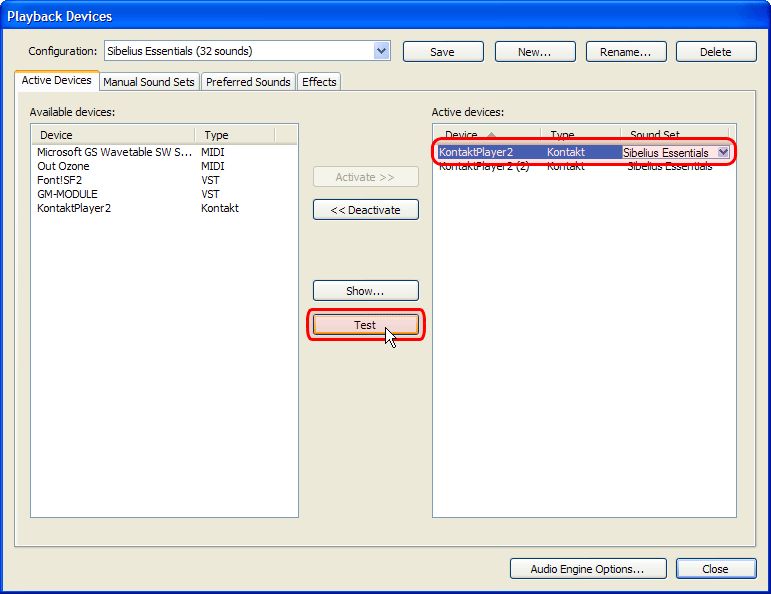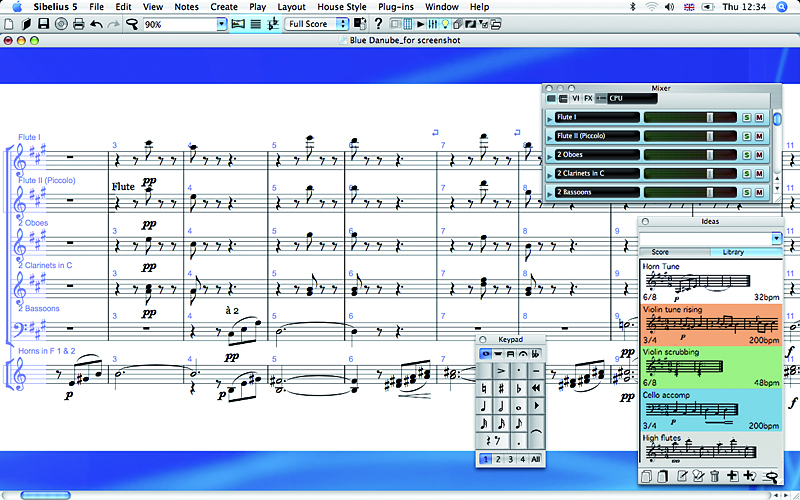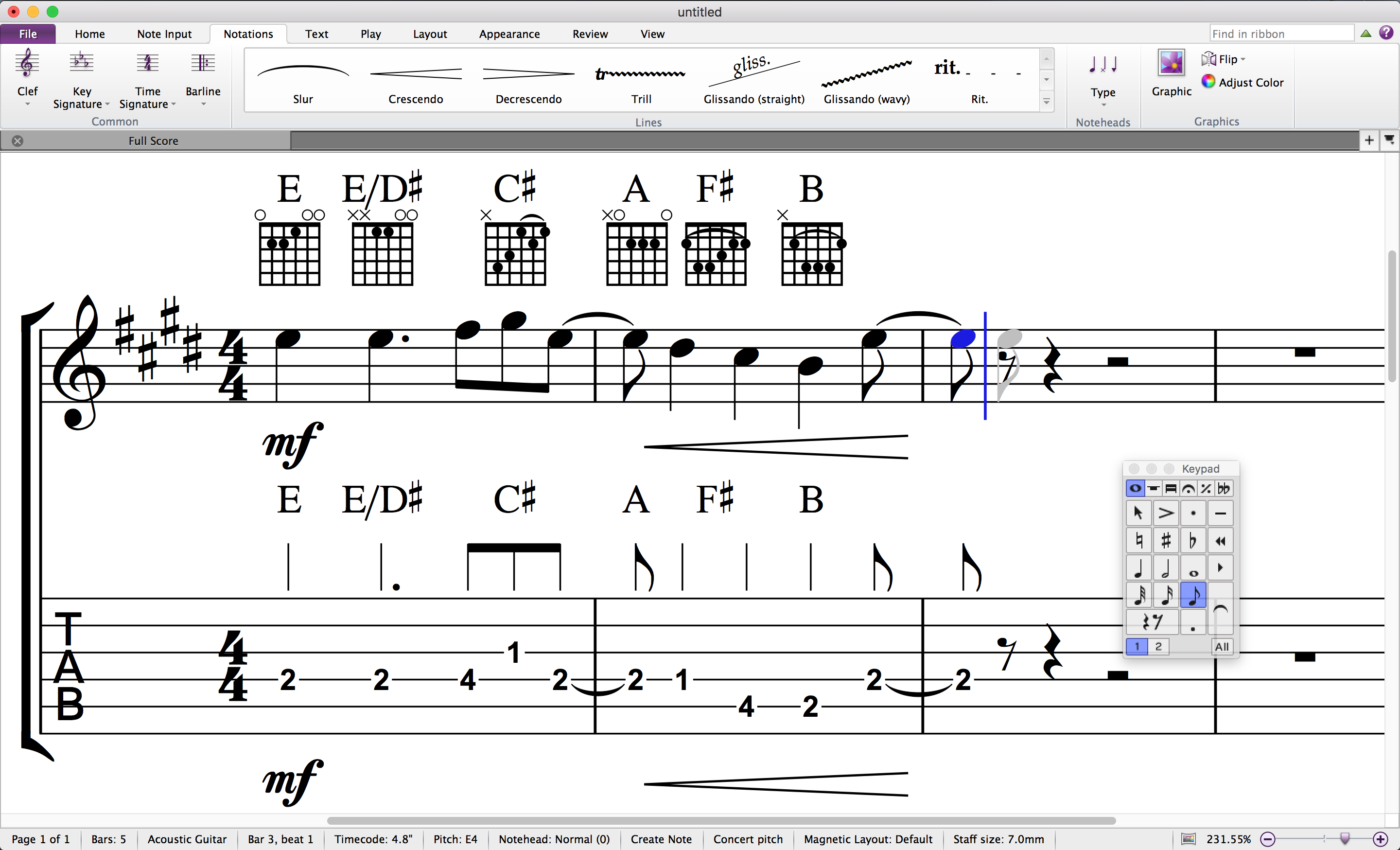
Elias Lönnrot, whose name is attached to the Kalevala, is described more often as its compiler or editor than as its author. To place Friberg’s version alongside two other notable modern translations-those of Keith Bosley and Francis Peabody Magoun Jr.-is to confront very different approaches to bringing this poem into English, with Magoun taking a deliberately prosaic and literal approach, Bosley choosing a hard-edged style informed by modernism and drawing on a wide-ranging vocabulary, and Friberg respecting as far as possible the original meter and the entrancing continuities of the storytelling.īut beyond them lingers the question of the precise nature of the text being translated. This year it comes into view again with a Penguin Classics edition, not a new translation but a 1989 version by the Finnish-American poet Eino Friberg that previously was not widely distributed. The American poet Peter O’Leary has recently taken its central narrative thread as the springboard for The Sampo (2016), a vigorously incantatory poem to which I am grateful for leading me back to the Kalevala legends. Writers of fantasy and science fiction continue to draw on it. Tolkien, as a student at Oxford, was sufficiently impressed by the Kalevala’s “weird tales” and “luxuriant animism” to undertake a prose retelling of its most tragic episode ( The Story of Kullervo), which he considered the starting point of his own lifelong literary project. The poem’s materials and meter prompted Henry Wadsworth Longfellow, who read it in German translation, to write The Song of Hiawatha (1855) J.R.R.

1 Elsewhere it has been a fruitful if more hidden source of inspiration. In Finland, which celebrates Kalevala Day on February 28, its ubiquitous influence extends beyond the compositions of Jean Sibelius (“The Swan of Tuonela,” “Lemminkäinen’s Homecoming,” and many others) and the paintings of Gallen-Kallela to a vast body of poetry, art, music, drama, and film subjecting the original text to endless revision and reinterpretation. It is odd that the Kalevala-published in its final form in 1849-seems to need to be perpetually reintroduced, since it has been rendered many times into scores of languages, the first complete English version having appeared in 1888. The river itself seemed connected to some alternative northerly current of storytelling, separate from other bodies of myth and with its own peculiar sense of darkness. The dead hero, stretched out naked, his body once again made whole but still not animate, inevitably evoked Jesus, but in his mother’s face, as she gazed upward by a riverbank littered with human bones, Mary’s grief was transformed into a ferocious determination to defeat death. This haunting episode was encapsulated in an accompanying painting by Akseli Gallen-Kallela ( Lemminkäinen’s Mother, 1897), much of whose work depicts scenes from the Kalevala. What lingered most from Larousse’s dry prose summaries of some of the poem’s episodes was the figure of the hunter Lemminkäinen, killed and dismembered on the River of Death, and of his mother retrieving and knitting together the pieces and by magic procedures restoring him to life. Although Larousse failed to make clear that the photograph-as was evident-had been taken not in Finland but in Siberia, on the other side of the circumpolar world, the juxtaposition indelibly associated this seemingly otherworldly personage with the equally otherworldly notion of a “magic poem.” I tucked away the word “shaman,” reactivating it some years later through the writings of Mircea Eliade, Carlos Castaneda, and others, but the Kalevala remained for the time being an unknown quantity. The Kalevala is thus in the first place a magic poem.Īdjacent to these words was an image captioned “Shaman priest in his hut,” the shaman in question sitting cross-legged in front of what was identified as his magic drum, smoking a long, thin pipe and staring toward the camera with a distant penetrating gaze.

Their popular poetry remains thoroughly impregnated with the spirit of Shamanistic magic.

Magic made its influence felt throughout all aspects of material and intellectual life…. “Among Finnish peoples,” I read with close attention at age eleven in the impressively weighty Larousse Encyclopedia of Mythology,

Akseli Gallen-Kallela: Lemminkäinen’s Mother, 1897


 0 kommentar(er)
0 kommentar(er)
